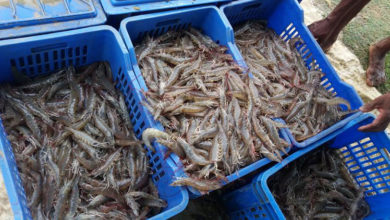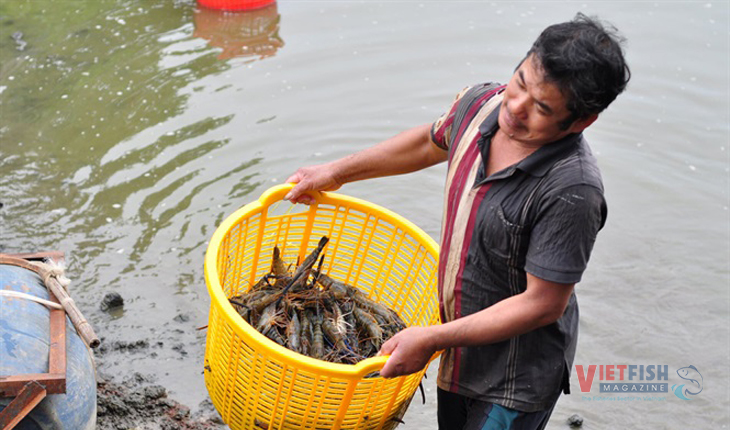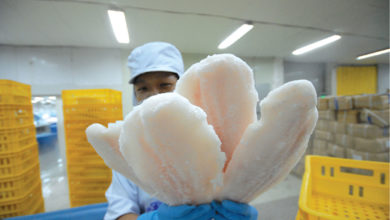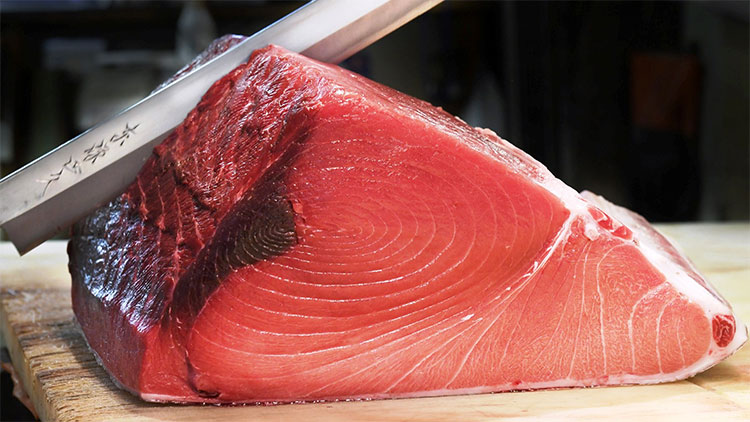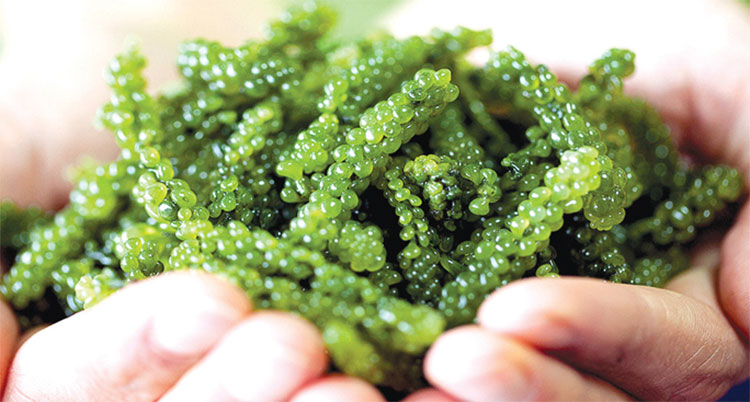Enhancing quality to minimize EU warnings on agricultural exports
With the EU issuing more warnings on Vietnam’s exported food and agricultural products, businesses must stay informed and quickly adapt to new regulations.
Increasing number of warnings
Over the past four years, while Vietnam’s agricultural, forestry, and fishery exports to the EU have increased by less than 50%, the number of warnings has surged by nearly 300%. In 2024, Vietnam recorded an all-time high export value of USD 4.21 billion to the EU, accompanied by a record 114 warnings—twice as many as in 2023.
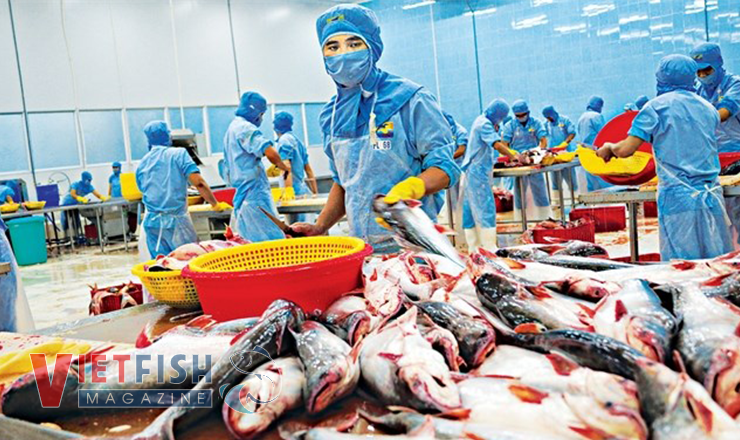
Since early 2025, the EU has issued 12 warnings for Vietnamese agricultural and food products due to non-compliance with its food safety regulations.
According to Ngo Xuan Nam, Deputy Director of the Vietnam SPS Office, four key factors contribute to these warnings: issues stemming from cultivation areas, aquaculture zones, processing and packaging facilities, and regulatory oversight.
A critical concern is the lack of close monitoring by local authorities on SPS-related matters. As of February 20, 2025, only 18 out of 63 provinces and cities (28.5%) have developed implementation plans for Decision 534/QD-TTg on approving the SPS Project. Additionally, efforts to trace the origin of flagged products remain insufficient.
To date, the Vietnam SPS Office has received responses on only 63 out of 114 warnings from 2024 (55.3%). Among these, 57 cases are overseen by the Plant Protection Department under the Ministry of Agriculture and Rural Development, while six fall under the Import-Export Department of the Ministry of Industry and Trade.
Despite these challenges, the EU market presents significant growth opportunities for Vietnam’s agricultural exports, particularly in the green consumption and organic food sectors. Vietnam’s unique agricultural products, such as dragon fruit, mango, passion fruit, lychee, and longan, have strong potential in the EU market due to their limited availability in the region.
However, EU regulations impose strict quality and food safety requirements. Exported products must comply with SPS (food safety inspections, quarantine measures, and food additives) and TBT (technical barriers to trade) standards, which include stringent limits on pesticide residues.
Strengthening capacity
Nguyen Van Thu, Chairman of G.C Food Joint Stock Company, highlighted that as global import standards become more demanding, ensuring high-quality products is the key to minimizing warnings from international markets.
“Our company manages over 200 hectares of aloe vera cultivated under VietGAP and GlobalGAP standards, yielding 550 tons per hectare annually. We also source from more than 250 hectares of Ben Tre coconut plantations certified under VietGAP. In addition, our aloe vera and nata de coco processing plants meet international standards such as FSSC 22000 and HALAL. By adopting energy-efficient technologies and reducing emissions, we help maintain environmental balance. These efforts allow us to confidently meet the EU’s stringent requirements,” Thu stated.
To further reduce compliance violations, Dang Phuc Nguyen, Secretary General of the Vietnam Fruit and Vegetable Association, emphasized the need to enhance awareness and capacity through training programs for key agricultural regions, farmers, and businesses exporting to the EU. He also suggested developing user-friendly guidelines outlining EU regulations on cultivation, harvesting, and post-harvest handling to facilitate compliance.
In the long term, Ngo Xuan Nam stressed the importance of exporters staying updated on regulatory changes and swiftly meeting new requirements. This is essential for improving product quality and increasing the competitiveness of Vietnamese goods in international markets.
“Regulatory agencies will also provide detailed guidance on export procedures, labeling, and food safety certification for processing, packaging, and export businesses,” Nam added.
VFM


